Anita is a team lead at a mid-sized IT company. Every few months, she’s asked to review her team’s performance — but the process is always unclear. Goals aren’t tracked, feedback is last-minute, and no one really knows what “good performance” looks like.
Sound familiar?
That’s where a Performance Management System (PMS) comes in.
In simple words:
👉 A Performance Management System is a structured way for companies to set goals, track progress, give feedback, and grow their people.
Why Do Companies Need a Performance Management System?
Every company wants productive employees. But just hoping people will do great work isn’t enough. You need a system to:
- Set clear expectations
- Regularly check what’s working and what’s not
- Guide people to improve and grow
Without it, things get messy. Like playing a match without keeping score.
So, What Exactly Is a Performance Management System?
A Performance Management System is a tool or method used by organizations to:
- Set employee goals
- Track performance
- Give feedback
- Review results
- Reward success
- Identify areas for improvement
Think of it as a map for employee growth — showing where they are, where they’re going, and how to get there.
Key Features of a Good Performance Management System
Let’s break it down into simple pieces:
🎯 1. Goal Setting
Helps employees and managers set SMART goals (Specific, Measurable, Achievable, Relevant, Time-bound).
Example: Instead of saying “Improve sales,” the goal could be “Increase monthly sales by 15% in Q2.”
🔄 2. Continuous Feedback
No more “once-a-year” reviews! Regular check-ins help solve problems early.
Think weekly 1-on-1s, real-time feedback, or quick coaching sessions.
📊 3. Performance Tracking
Track progress against goals using dashboards or simple reports.
Example: A project manager can track how many tasks are completed vs. pending.
📝 4. Performance Reviews
Quarterly or annual reviews — structured and fair — help reflect on what’s working and what’s not.
🏆 5. Rewards & Recognition
Good performance should be celebrated! Bonuses, promotions, and even a simple “thank you” go a long way.
📈 6. Development Planning
Identifying training needs, upskilling, or mentoring — helps employees grow in the right direction.
Benefits of a Performance Management System
✅ Clearer Expectations
Everyone knows what they’re supposed to do and why it matters.
✅ Better Communication
Employees get feedback often, not just once a year.
✅ Higher Engagement
When people see progress and feel supported, they stay motivated.
✅ Improved Productivity
Goal tracking helps focus energy where it matters most.
✅ Fair Evaluations
Reduces bias and guesswork in performance reviews.
✅ Employee Growth
With clear feedback and development plans, people get better — and stay longer.
Different Types of Performance Management Systems
Here are a few common formats used by companies:
- Manual Systems Using spreadsheets, documents, or emails. Simple but hard to scale.
- Software-Based Systems Tools like Keka, Darwinbox, or Zoho People automate everything.
- 360-Degree Feedback Systems Feedback is collected from managers, peers, and even clients for a well-rounded view.
- OKR-Based Systems Objectives and Key Results (OKRs) are set and tracked to keep everyone aligned.
Is It Just About Ratings?
Nope. A good PMS is about growth, not just grades.
Old-school systems focused only on yearly scores. But today’s companies focus on real-time growth, coaching, and collaboration. It’s not about pointing fingers — it’s about lifting people up.
A Quick Example: En-Kash’s Approach
At En-Kash, we help organizations implement custom performance management systems that fit their team, size, and style.
From startups to established companies — we create PMS strategies that drive real results.
Want to set clear goals and build high-performing teams?
Let’s talk about how a modern PMS can help your business thrive.
Final Thoughts
A Performance Management System isn’t just HR talk. It’s a powerful way to help people do their best work — and help your business grow faster.
It’s not about tracking — it’s about transformation.
So the next time you’re thinking about how to help your team grow, ask yourself:
“Do we have a system — or just good intentions?”




